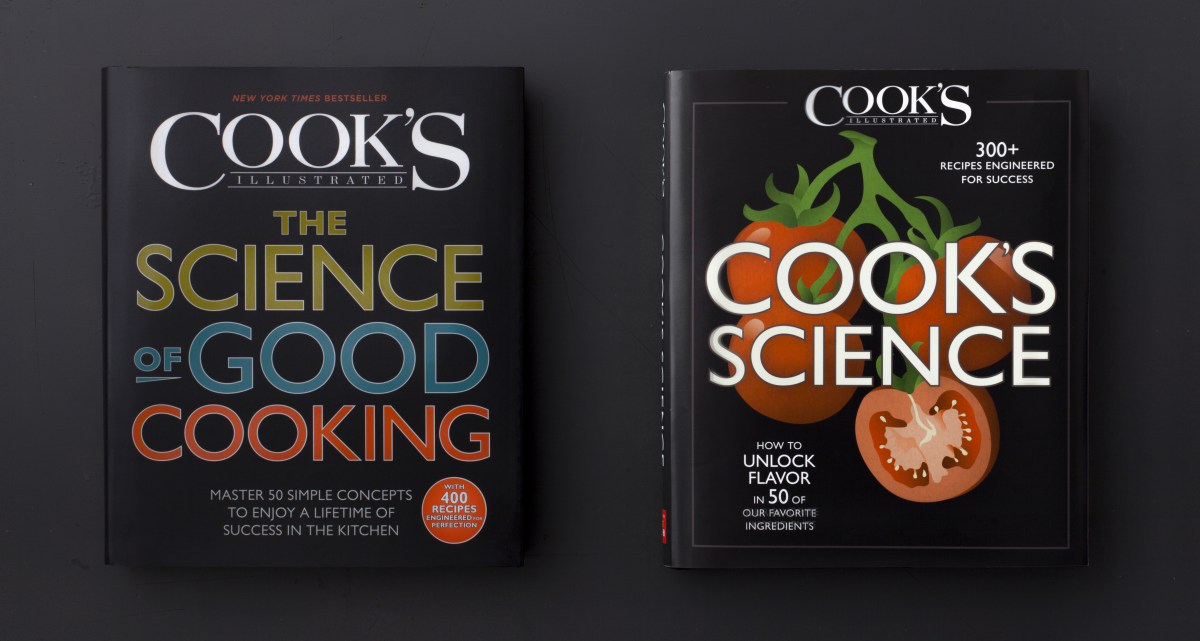For more than 20 years, we at America’s Test Kitchen have worked to create foolproof recipes for the home cook. This is a carefully crafted process that hinges upon obsessively testing each variable in a recipe, time and again. We get feedback from thousands of our readers every year (thank you!). Recipes are tested dozens and (in some cases) hundreds of times. The process involves a lot of trial and error. We learn from our failures as well as our successes.
But, perhaps most importantly, our recipe development process is successful because we take care to look at recipes through the lens of science. We use biology, chemistry, and physics to ask the big questions about how and why ingredients and cooking techniques work. These investigations help us maneuver our way to a foolproof salt-and-pepper shrimp, supremely tender braised short ribs, or dense (but not too dense) almond cake. After all, we believe that knowledge, not just experience, is what separates success from failure in the kitchen.
The first volume in our series of Cook’s Illustrated science books, The Science of Good Cooking, which was published in 2012, explores 50 principles of cooking and how these ideas relate to basic kitchen techniques. Molly Birnbaum (project editor), Dan Souza (kitchen editor), and Jack Bishop (editorial director) worked with Guy Crosby, PhD, to synthesize and expand upon two decades of test kitchen exploration into the science behind fundamental principles of cooking. The Science of Good Cooking distills of tens of thousands of kitchen tests to produce 50 practical concepts every good cook should know.
In our new book, Cook’s Science (published in October, 2016), Molly, Dan, Jack, and Guy are back at it again, this time examining the basic science of ingredients themselves. Understanding how 50 favorite ingredients work—at the molecular level as well as on the stovetop—allows us to prepare them in ways that amplify their flavor and perfect their texture.
Cook’s Science is packed with intriguing test kitchen experiments executed with lab-level precision to figure out what’s really happening when we cook our favorite foods. Informative, full-page illustrations (by the phenomenal firm MGMT.) will show you how ingredients get from farm (or sea) to table and explain the science of taste and texture. Not only will this book give you good fodder for conversation at your next dinner party, it will make you a better, more intuitive cook. At its heart Cook’s Science is also a cookbook, packed with 300 recipes that solve everyday cooking problems.
Media Inquiries:
